The 606 trail’s relationship with displacement
A Loop-bound Pink Line train makes it way into the Kedzie station in the Norht Lawndale neighborhood. The neighborhood has seen effects from the 606 trail.
Last Wednesday, the Institute for Housing Studies at DePaul University released a new report, examining how the 606 trail has intensified the displacement of people in the neighborhoods surrounding it.
The study was released just one day after the City Council, and the mayor, approved a six-month moratorium on demolition for the area surrounding the elevated bike and walk trail that first opened in 2015.
Results from IHS’s investigation show prices for one to four flat homes have increased 344 percent since 2012. In that year, the median sales price for a two to four flat was $97,000.
By 2018, it was $462,000. Higher volume housing has historically offered more affordability, and the rising cost means less accessibility to housing and subsequent displacement of longtime residents, often vulnerable ones like minority and low-income people.
Gentrification has become part of the Chicago real estate ethos. So have efforts to curb it. However, Professor of Geography, Sustainable Development and Director of the School of Public Service Euan Hauge, says the moratorium is unprecedented “to actually do a demolition delay because of where a neighborhood is, is breaking new territory.”
The ban is a compromise for Aldermen Carlos Ramirez-Rosa and Roberto Maldonado who championed the freeze and whose wards partially encompass the trail. The original ordinance called for a 12-14 month halt in demolitions, building permits and zoning changes.
The approved moratorium will ban demolition permits for six months. Much of the property around the 606 was built before the first zoning laws were introduced in 1927. Demand to live in the area has incentivized developers to convert the multiple unit buildings into luxury single family homes, a process known as downzoning.
There is disagreement whether downzoning, or its inverse, upzoning, is the culprit behind gentrification. In some cases, upzoning is incentivized by developers who want to capitalize on an in-demand area and maximize their profits by increasing the number of units available.
However, upzoning can also be used to keep supply steady, and therefore keep prices down. North of the 606, Alderman Matt Martin recently decided not to down zone blocks of the ward, a decision that went against some in his community. Martin’s Director of Development and Infrastructure, Josh Mark, said Martin ultimately made the decision in order to stave off developers replacing 2-flats with condos, because he said it would reduce the availability of housing in the area.
“We agree that this housing getting torn down and affordable units are disappearing from the market, but we don’t agree that downzoning is the solution,” Mark said.
Zoning determines what can be built, not what can be taken down. In Andersonville’s neighboring North Center, teardowns have been rampant and lower density homes haven’t maintained affordability. Mark cites this as part of the Alderman Martin’s reasoning.
“Older single family homes and 2 flats are getting replaced by mcmansions which are even less affordable,” he said.
But zoning also doesn’t account for what rental prices can be set at. Meaning, an upzoned building with higher density could still be listed with decidedly unaffordable prices, if demand in the market allows for it.
“What we see is it’s perfectly legal to demolish and put something new in its place,” Hauge said. “The new stuff tends to be as big as possible as allowed by that zoning code. This determines how neighborhoods develop all over the city.”
Resident of Martin’s ward and member of the neighborhood association, South of Foster Zoning Committee, Dan Nelson advocated for the downzoning that Martin ultimately decided against, “Everything becomes harder when you start to jam ppl into an area that are designed for smaller places,” Nelson said. “If the alderman said ‘I want to build some affordable housing,’ you’d see 200 ppl show up and sign onto that. But that’s not what their doing. They’re just building giant expensive properties.”
Imbued into the tension is the history of aldermanic prerogative, the ability for aldermen to dictate what gets built in their ward. Mayor Lightfoot has maintained will be dismantled through her tenure “What we’ve seen historically is once a neighborhood starts gentrifying it’s very hard to stop it. It often comes down to who has the resources to make their case” Hague said. “People see their neighborhood changing and don’t know anything about it and therefore they feel they have no control over where they live. That’s a real sense of being attacked.”
Mark agrees with Lightfoot that the tradition is problematic because it doesn’t allow for comprehensive planning, and allows too much discretion up to the individual alderman “This has been disruptive to our city,” Mark said. “Zoning has the potential to be used as an aggressive, exclusionary, racist tool and that is all the more the case when you make zoning decisions at the smallest scale possible.”
But last year’s city council election ushered in a wave of progressive aldermen with motivations Hague thinks differs from their predecessors “We’ve seen across the city the election of aldermen who represent the community that is feeling threatened by the type of development, rather than representing the community that is moving in, or potential investors.”
Mark says the progressive caucus, of which Martin counts himself in, has a goal to fight against segregation and increase affordable housing making the stance against aldermanic prerogative murkier, “We’re not going to vote to give ourselves less power to do good things unless we can develop citywide legislation to enforce the kind of outcomes we’re aiming for,” Mark said. “If Rosa and Maldonado didn’t have the type of influence they have over their ward, this would have never happened.”
Nelson thinks the solution is to financially incentivize the building and preservation of affordable, multiple unit properties, “You decide 2-flats are the most impt thing in the city and you make it so profitable to have one that ppl wont deconvert them,” Nelson said.
But resolutions like this happen at the citywide, macro level and Chicago’s land planning occurs at a smaller scale. This is the hurdle that Hague says eventually needs to be addressed for any real progress to be made. But for now, the moratorium is a beneficial measure, “It is good that there is a period where we can have as a city a discussion about what these types of investment how they impact the city what it means for the residents” Hague said. “There’s always this tension between what’s best for the city and what’s best for the neighborhood.”



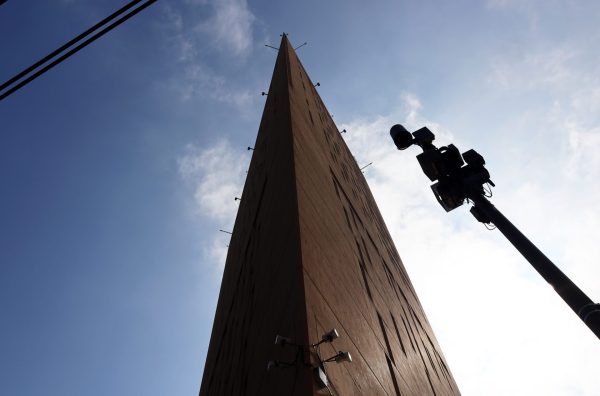
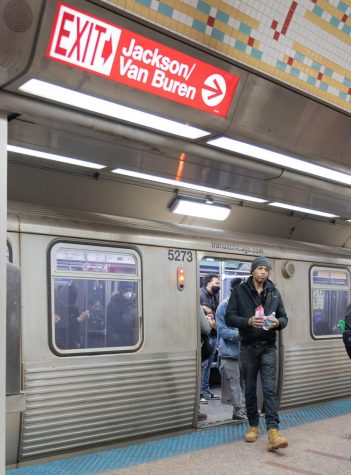


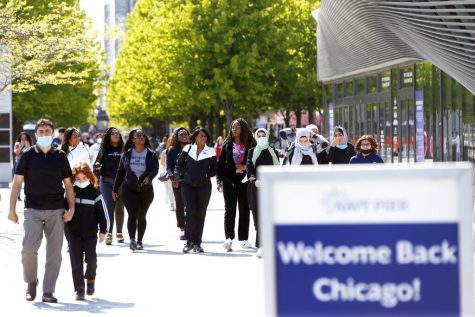



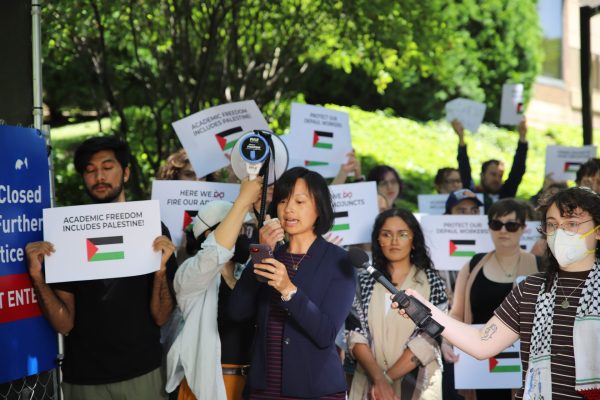
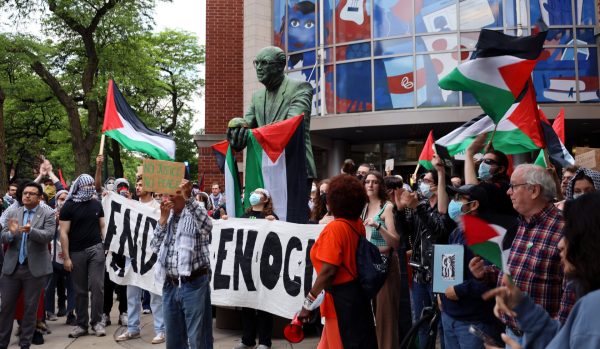





Austin • Jan 26, 2020 at 5:48 pm
The 606 trail is approximately 3 miles away from North Lawndale at its nearest point. The pink line station at Kedzie is over 4 miles from the 606 trail.
I was really hoping the article would expand on the caption’s claim that the neighborhood has seen effects from the 606 trail, but found no such details. I wouldn’t expect the trail to have much of any effect on a neighborhood on the opposite side of the Eisenhower Expressway, and I’m still at a loss.